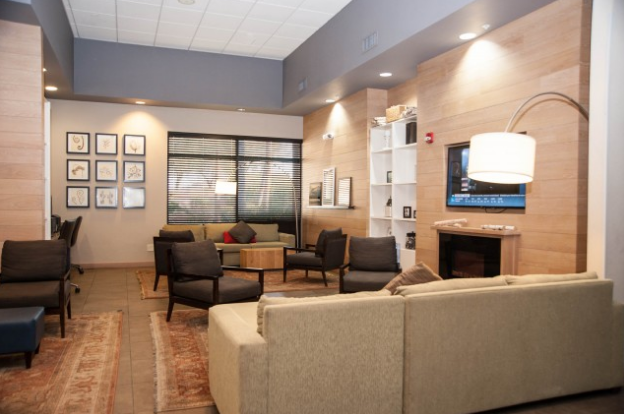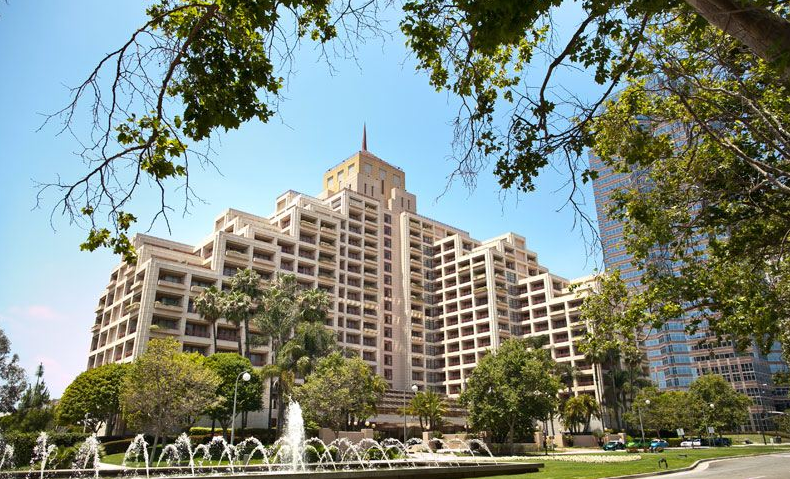Sustainability is an ever-growing draw for hotels looking to create more savings and promote a positive image. Ecotourism still occupies a niche in the hospitality market, but the average consumer has a growing interest in businesses with a sustainable bent. As we near the end of 2016, it may be a good idea to reassess your priorities when it comes to sustainability, a process that is equal parts knowing your location and who your guests are.
Andrew Posil, the director of hospitality investment sales at real estate brokerage firm Cushman & Wakefield, breaks destinations with a sustainability focus into three main categories: Naturalist leisure travel destinations, trendy areas of gateway cities and suburban or airport hotels catering to corporate travelers. Posil called the first two “no brainers” because of the types of guests these properties attract, but said there is much to gain from investing in sustainability for corporate travel destinations.
“There are many companies out there that factor ecological investment into the identity of their corporate brand,” Posil said. “If you can connect with a company’s green goals there is an opportunity to capture some corporate business in what is traditionally a business travel location.”
The theory is sound, but in order to capitalize on this segment, hotels might have to do some work. One of the drawbacks, according to Posil, is that sustainability remains a fluid definition held loosely together by a small collection of tangible certifications, such as Leadership in Energy & Environmental Design certification, that hotels can point to. Furthermore, it’s difficult to get your LEED score in front of guests in a meaningful way, which is why Posil recommends a series of tangible programs your hotel can take part in, such as recycling and installing conspicuous solar panels.
Fortunately, going green is no longer a hard sell. Years ago Posil would have said sustainable measures were looked at as money out of hoteliers' pockets, but buildings today are more efficient at reducing their carbon footprint and other aspects of their environmental impact, and they save operators money in the process.
For example, the Green Tree Inn & Suites in Phoenix was built in 2007 and updated in 2013, but this year it undertook a full lighting audit after meeting with specialty LED lighting provider Energy Efficiency Pros. By switching out its compact fluorescent bulbs in common areas and all 106 guestrooms, the hotel was able to reduce its energy costs by more than 80 percent, and cut down on maintenance because the bulbs don’t have to be replaced for another five years.
“We are seeing the market moving in a way that everything is green by default,” Posil said. “In Washington, D.C., every new construction program needs to have mandated green development, often at least LEED silver. As hotel supply rolls over, you will see virtually all properties go that way.”

Hotel brands have been equally busy on the energy front. IHG (InterContinental Hotels Group) completed its yearly water risk assessment at the end of August, taking stock of its conservation efforts in recent years. In 2014, the company sent water-conservation kits to all of its branded hotels in California to combat persistent statewide drought, reducing total water consumption by 5 percent between 2014 and 2015. The program has been expanded to an additional 50 hotels across the Americas, and the company also expanded its Green Engage program.
“Energy has gotten most of the sustainability focus for the past 20-25 years,” said Paul Snyder, VP, corporate responsibility – sustainability at IHG. “Water has always been important, but in our eyes it’s growing, especially as global warming changes water dynamics across the globe. There is too little water in California and too much in Louisiana, and cleanliness is also a concern as population grows.”
Both Snyder and Posil said that hotels continue to struggle with making an attractive visual element for sustainability that allows it to be marketed, but according to Snyder water suffers the most. “Solar panels are sexier to look at than a retaining pond,” he said. “Water is something that lives inside the walls. Consumers can see LED lights, but a retrofitted chiller? Grey water reclamation systems? It’s a bit tough.”

Snyder does have some tips for hotels trying to be more proactive with water savings. For one, hotels should only plant foliage around the property that is native to the local area, that way plants don’t require unnecessary watering, and in some cases hotels can simply turn their irrigation systems off. Hotels can also implement new systems that use solar panels to heat water at lower temperatures, then switch to natural gas to heat water from 70 to 100 degrees, taking advantage of renewable energy first. But most of all, take a savings approach to these options and recognize that some guests will not participate.
“Traveling is still a great, experiential thing, and it doesn’t do anybody any good to guilt good behavior for water gains,” Snyder said. “We find more resonance with folks that way. You get more flies with honey than vinegar.”
“There are exceptions to the rule, people who pay attention to water and energy use, but they are the minority,” Posil said. “They are growing in number though, and hotels are finding ways of publicizing their impact. Towel reuse is often a marketing ploy, but it’s still an effort to be environmentally friendly.
“The bigger things are wind power in hotels, beehives on the roof; they can connect with guests and create an experience,” he said. “It’s the minority of the market at the moment, but if you take advantage now it can be a driver in the near future.”
